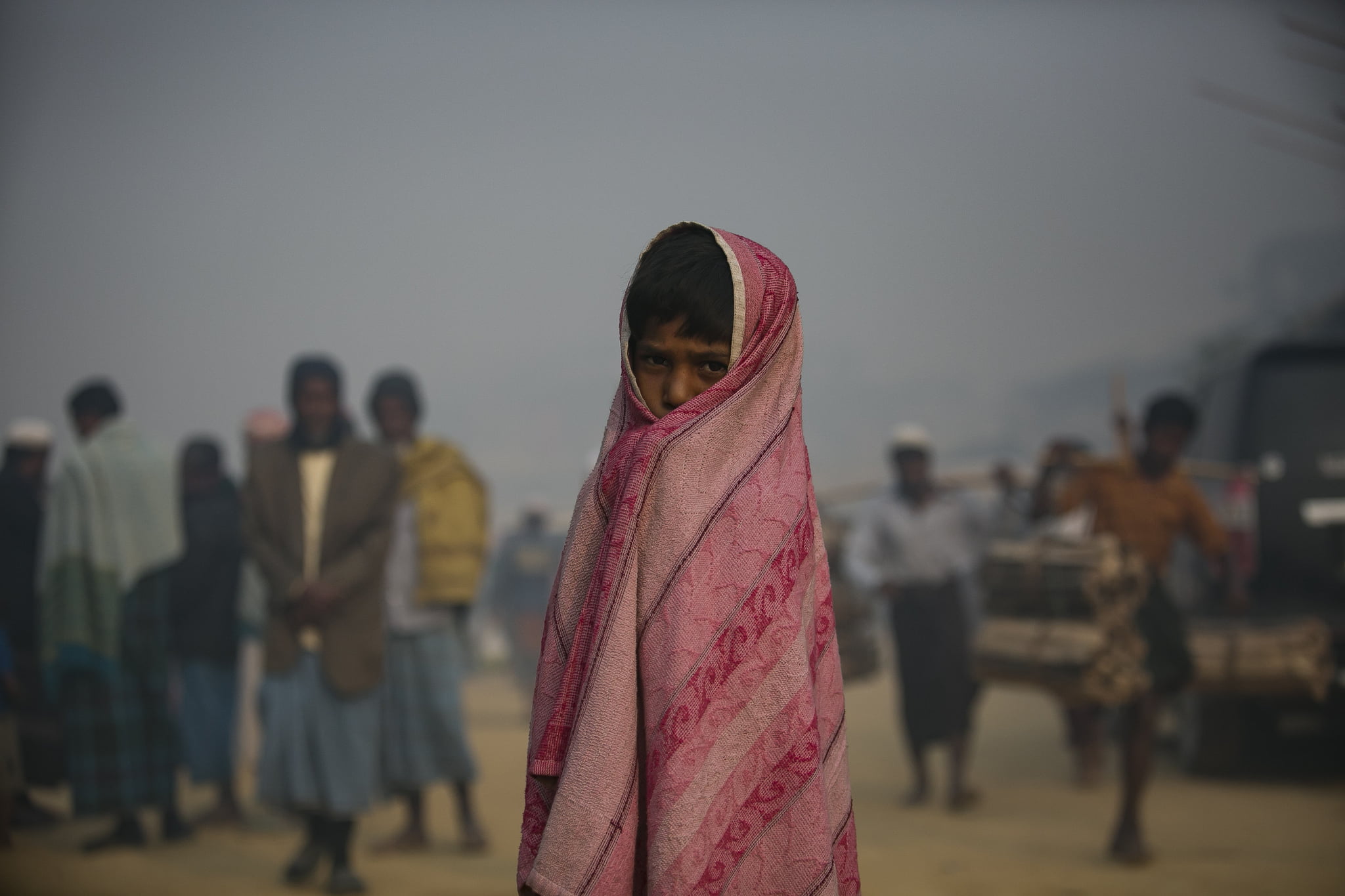As the refugee crisis continues to worsen, funding for it is steadily shrinking, according to a new report by the UN refugee agency (UNHCR).
So far, the agency says it’s only received 45 percent of the $8.2 million it called for at the beginning of the year – more than has ever been needed because of the “unabated levels of displacement.” At the start of the year, there were an estimated 71.4 million people “of concern” to the agency globally, including refugees, internally displaced persons (IDPs), stateless individuals and those who had just been returned to their home countries. By the end of the year, that number is projected to be 79.8 million.
Meanwhile, if contributions continue on the same trajectory they’ve been on the rest of the year, the agency estimates they will only receive 55 percent of the amount needed by year end. Compare that to 56.6 percent last year and 58 percent the year before.

“In short, donor funding is falling increasingly behind as the number of forcibly displaced worldwide has grown,” UNHCR spokesperson Babar Baloch said at a press briefing in Geneva on Tuesday.
Not only have contributions waned, but they’ve become increasingly restricted by donors for use only in specific contexts or for specific programs. So far, only 31 percent of contributions received this year are flexible – un-earmarked or softly earmarked – compared to 35 percent last year or 52 percent in 2012. Flexible contributions, the report says, allows the agency to plan better and respond faster to changing needs. In addition, it gives them the freedom to carry over unused funds into the next year.
The funding squeeze, Baloch says, has resulted in increases in malnutrition, overcrowded health facilities, run-down housing and shelters, out-of-school children or overcrowded classrooms and security risk.
For example, nearly 400,000 Burundians fled to neighboring countries after a political crisis in 2015. They now make up the least-funded refugee situation in the world, according to the report, having received only 28 percent of the $206 million needed this year. As a result, food rations have been cut and more than half of the nearly 233,000 Burundian refugees in Tanzania are still living in emergency shelters. Classrooms are also overcrowded, forcing almost 18,000 school-age refugees in Tanzania to attend classes under trees. UNHCR describes Burundi as an “almost forgotten” crisis.
The report also highlighted five other refugee crises that are worst-hit by the funding shortfall: the Democratic Republic of the Congo (DRC), Afghanistan, South Sudan, Syria and Somalia.
The DRC situation has only received 31 percent of the $369 million needed. Other African countries are already hosting nearly 800,000 Congolese refugees in their camps and settlements, many of which are at full capacity – but more keep arriving. Within the DRC, 73,000 IDPs are at risk of being without safe and adequate shelter. The report says that funding is urgently needed to decongest IDP camps to curtail the spread of communicable diseases. This is especially pressing in light of the recent Ebola outbreak in the DRC, which the World Health Organization warns could spread to Uganda and Rwanda, carried by refugees.
Receiving similar levels of funding (32 percent) is the $304 million Afghan refugee response. This has threatened security, livelihood and rehabilitation programs in Afghanistan, refugees’ access to health care in Iran and education for 57,000 Afghan refugee children in Pakistan.
Children are also of greatest concern in the South Sudan crisis, which has resulted in 2.4 million refugees – 80 percent of which are women, children and youth. This year, UNHCR called for $782.7 million to respond, but donors have only contributed 33 percent. The country has faced famine or near-famine levels of hunger since 2016, but many refugees find themselves in countries also with high levels of malnutrition. Additionally, only 7 percent of South Sudanese refugees currently live in semi-permanent shelters, while 80,000 of them do not have access to latrines.
Now in its eighth year, the Syrian crisis has forced more than 5.6 million people to flee, and UNHCR’s nearly $2 billion budget is currently only 35 percent funded. With winter approaching, refugees in Jordan and Lebanon are at particular risk, and about half a million of them will not be able to pay rent or maintain access to essential services without cash assistance.
Meanwhile, significant progress has been made in Somalia, but without a steady refugee response, that progress threatens to be reversed. More than 2.6 million IDPs remain in overcrowded camps, while another 820,000 people have fled to other countries in the region. So far, only 37 percent of the UNHCR’s $522 million response has been funded.
The global refugee crisis no longer dominates headlines as it did in 2015 and 2016. That may be why contributions have slowed. But the report warns that the crisis is far from over. Needs continue to rise, and for many refugees, their ability to cope is waning.
Donors may not feel the urgency, but, Baloch says, “the consequences for refugees and internally displaced people in particular are becoming all too real.”
